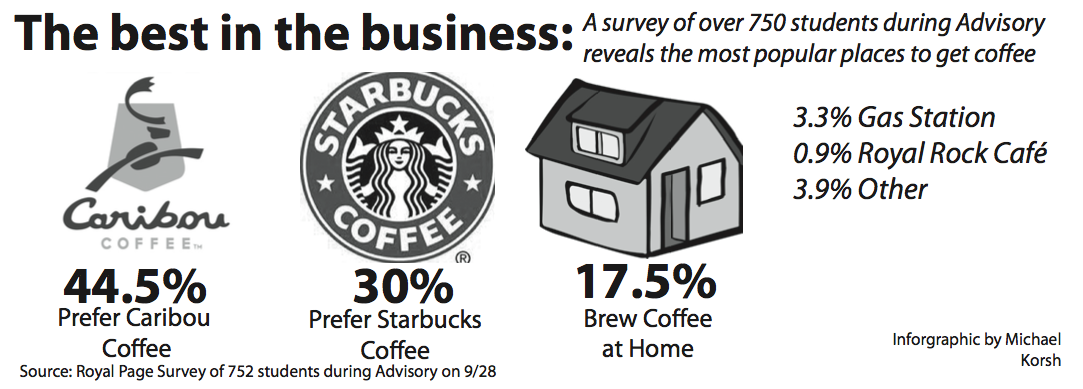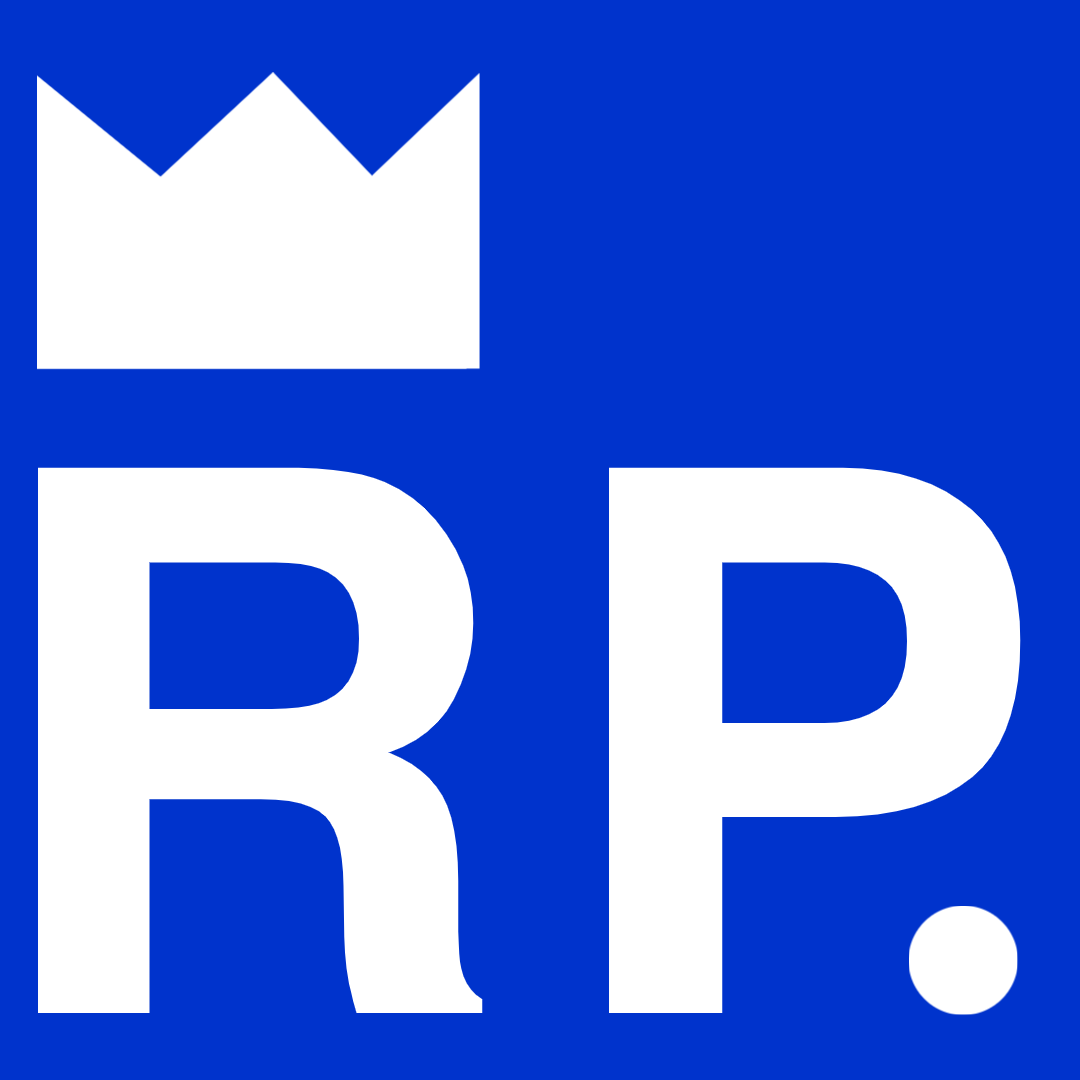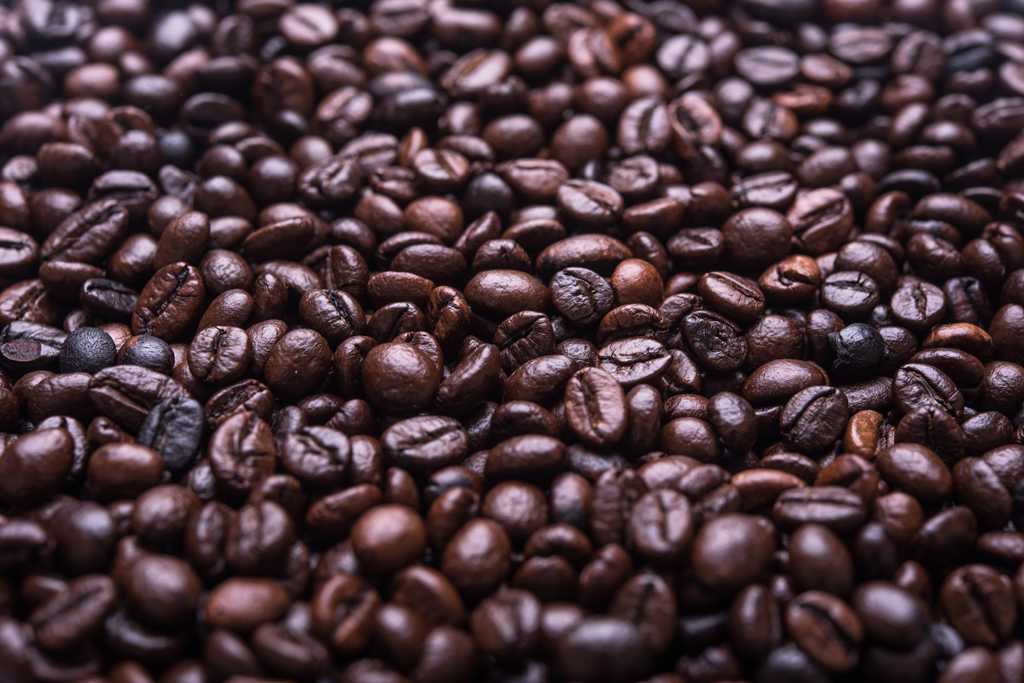Coffee craze:
The growing popularity of coffee drinks nationwide
Nov 4, 2015
When Abby Feitl, sophomore, walks into the Starbucks Coffee in Golden Valley, the barista already knows her name and her order – a grande iced Marble Mocha Macchiato.
Like Feitl, many students arrive each morning with disposable and reusable Caribou and Starbucks Coffee cups filled to the brim with their favorite beverages. Teachers sip away at their travel mugs of coffee during class. Even the Royal Rock Café serves coffee with a variety of flavored syrups to choose from.
“When I started drinking coffee, it was just because I liked the taste of it,” Feitl said. “Now, I drink coffee because it tastes good and it’s got caffeine in it.”
As coffee habits evolve and become widely popularized at HHS, the nutritional and financial effects of coffee on high school students emerge.
According to the National Coffee Association, 59 percent of American adults drink coffee every day, and 71 percent at least once a week. And coffee drinkers are not only adults: according to the 2010 National Youth Physical Activity and Nutrition Survey, 14.8 percent of high school students drink coffee.
A survey of over 750 HHS students reveals that 44.8 percent drink coffee. From the 22 percent of drinkers with daily habits to the 42 percent with monthly habits, the national popularity of coffee exists throughout HHS as well.
According to Dr. Donald Hensrud, an associate professor of preventive medicine and nutrition at Mayo Clinic College of Medicine, coffee may have potential health benefits, including protecting against Parkinson’s disease and type 2 diabetes, improving cognitive function, and decreasing the risk of depression.
Hensrud also states that while coffee may come with benefits, other beverages such as fruit juices contain nutrients that are important for the body. He also warns that adding cream and sugar to coffee adds fat and calories. Many of these cream and sugar-based drinks, however, are the most popular among students like Feitl.
“I get either an iced grande Marble Mocha Macchiato, an iced grande nonfat Vanilla Latte, or a venti Mango Black Tea Lemonade,” Feitl said.
Popular blended beverages such as the Caribou Cooler® and Starbucks’ Frappuccino® are also among these highly caloric and unhealthy coffee drinks.
A “grande” (16 ounce) size Java Chip Frappuccino® contains 470 calories, as well as 66 grams of sugar, which is well over the recommended daily amount. Starbucks’ “blended crème” Frappuccino drinks contain no coffee at all, but still have plenty of sugar, fat, and calories. A grande Vanilla Bean Frappuccino® has 450 calories and 57 grams of sugar.
Caffeine, the powerful stimulant found in coffee beverages, is also an added risk of frequent coffee consumption. Because students must be alert and well-prepared for class at as early as 7:47 AM, caffeine is used to counteract students’ exhaustion.
“I don’t rely on [coffee,] but I appreciate the caffeine during the school week,” Feitl said.
The Mayo Clinic warns the dangers of consuming coffee to help wake up in the morning, stating that it can create an unwelcome sleep cycle. They recommend that teens consume no more than 100 milligrams of caffeine per day.
However, most coffee beverages contain much more than the recommended amount: a medium-sized “Coffee of the Day” from Caribou Coffee contains 305 milligrams of caffeine, more than three times the Mayo Clinic’s recommended limit.
Katie Kennedy, store manager of Starbucks Coffee at Highway 7 and Hopkins Crossroad, said they see rush periods of students during the school year.
“Once school gets in session, and [with school] starting earlier, we get a little earlier of a rush, and we do get a bit of an afternoon rush as soon as school gets out,” Kennedy said.
A coffee habit, along with its nutritional disadvantages, can also be costly habit.
Buying a grande sized coffee, which costs $2.10, from Starbucks every day would total $350.70 for the school year. A Vanilla Bean Frappuccino, costing $3.95, would total about $660 for the school year.
Kennedy acknowledges the profits made from students’ purchases of these drinks.
“[High school students] are the ones getting the Frappuccinos and the fancy lattes, and a lot more food than normal, so in that sense it affects our business,” Kennedy said.
Brewing coffee at home, like 17.5 percent of HHS coffee drinkers, is a more affordable option. A pound of Starbucks’ French Roast costs only $11.95 and makes about 45 cups of coffee.
Instead of buying a $2.10 cup daily from Starbucks or a $2.09 cup from Caribou, making a cup of coffee at home every day saves just over $300 per school year.
The Royal Rock Cafe also has a less costly option for students who cannot afford Starbucks or Caribou drinks: a medium coffee only costs $1.75. This saves a mere 0.9 percent of drinkers who prefer the Café almost $60 every school year.
Despite many nutritional and financial drawbacks of frequenting large coffee chains, the franchises’ accessibility and environment is what keeps customers like Feitl coming back for refills.
“I appreciate the good customer service. The cost doesn’t matter to me that much, and I try to get nonfat milk or not always get very sugary drinks,” Feitl said. “I know what [Starbucks has], and I like a majority of their drinks.”

